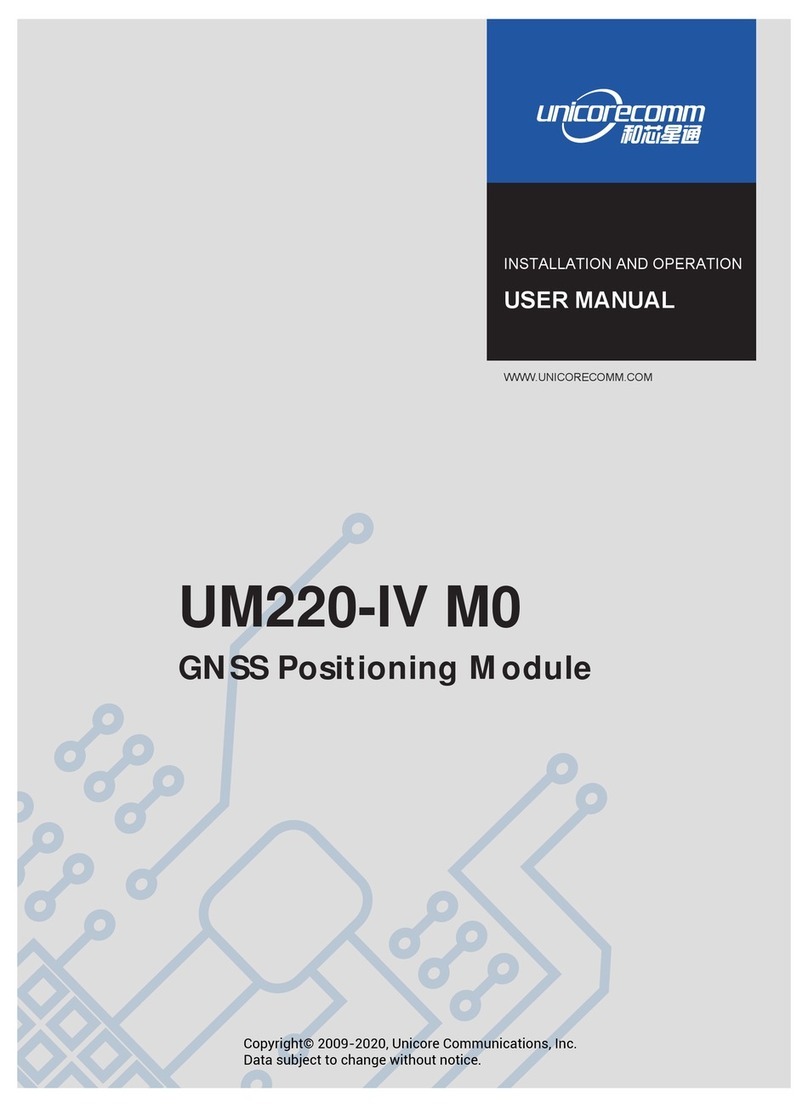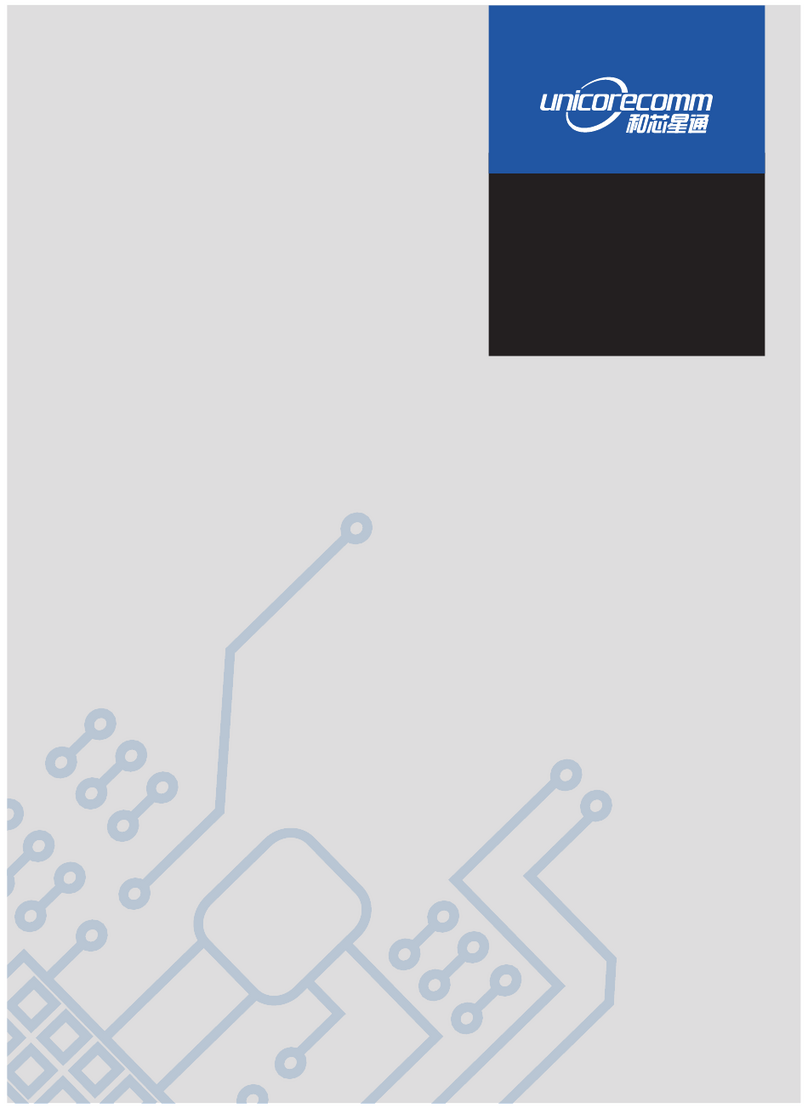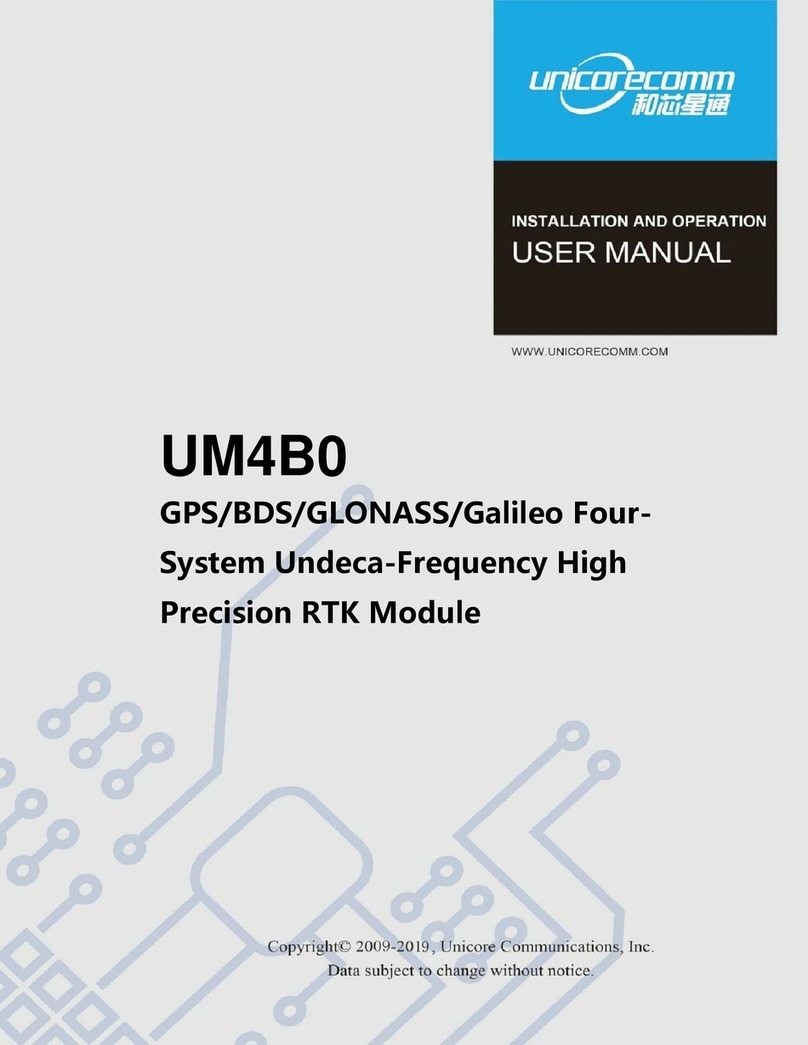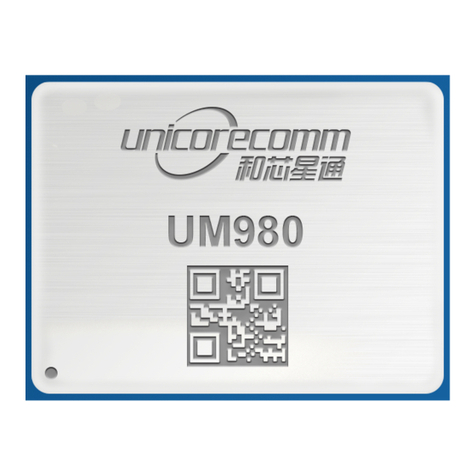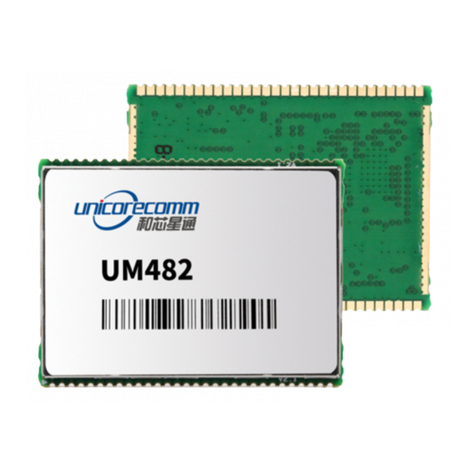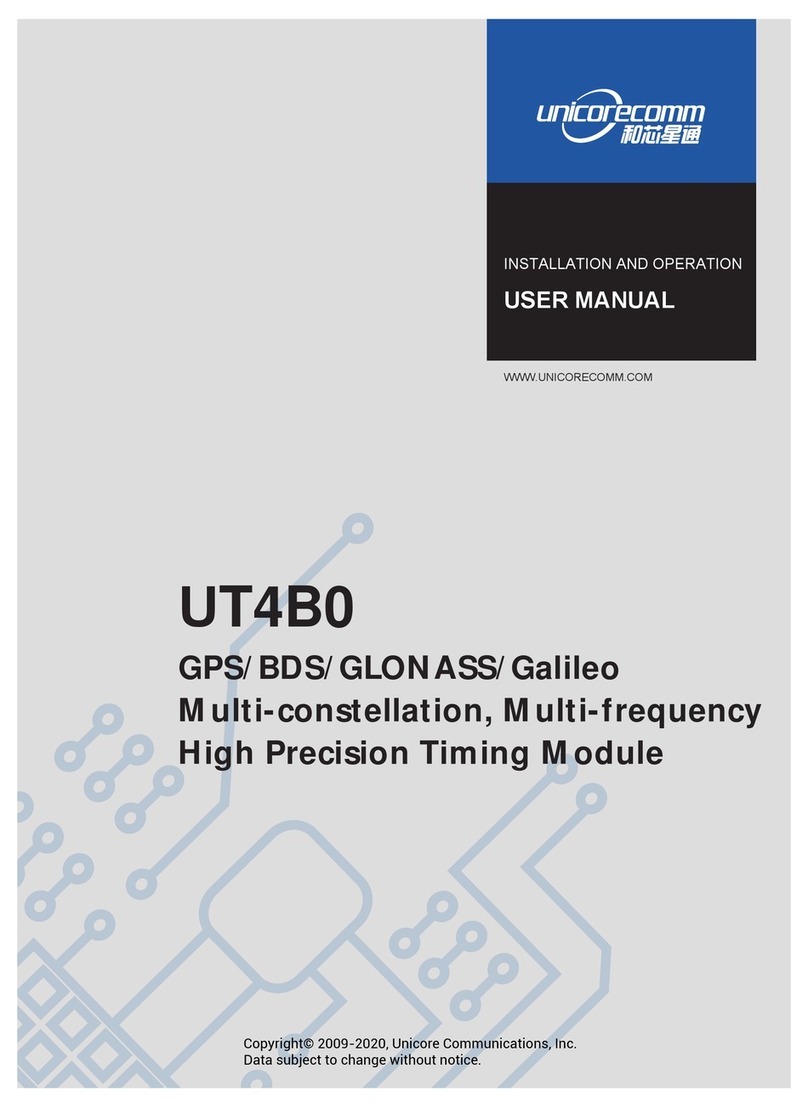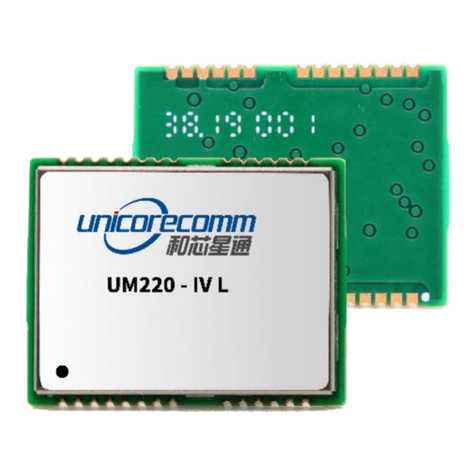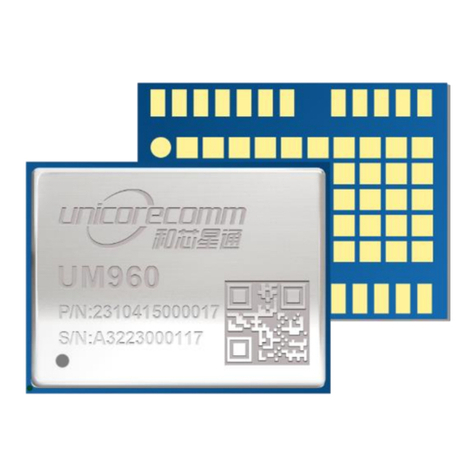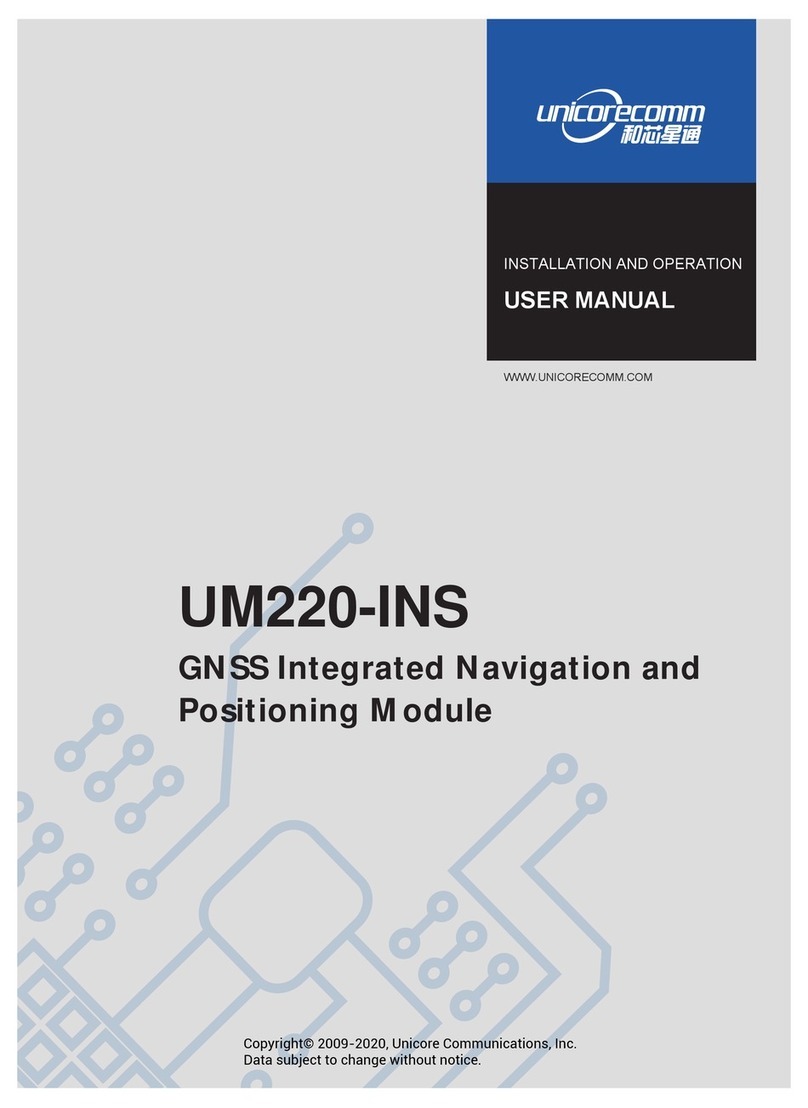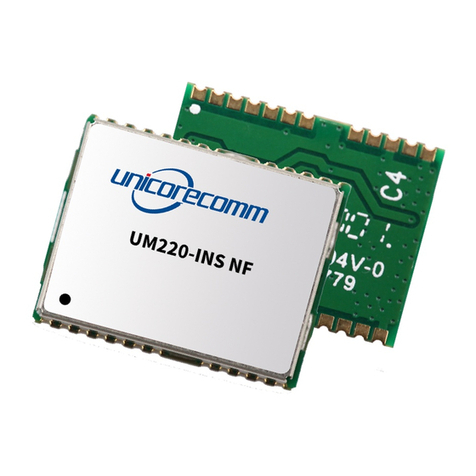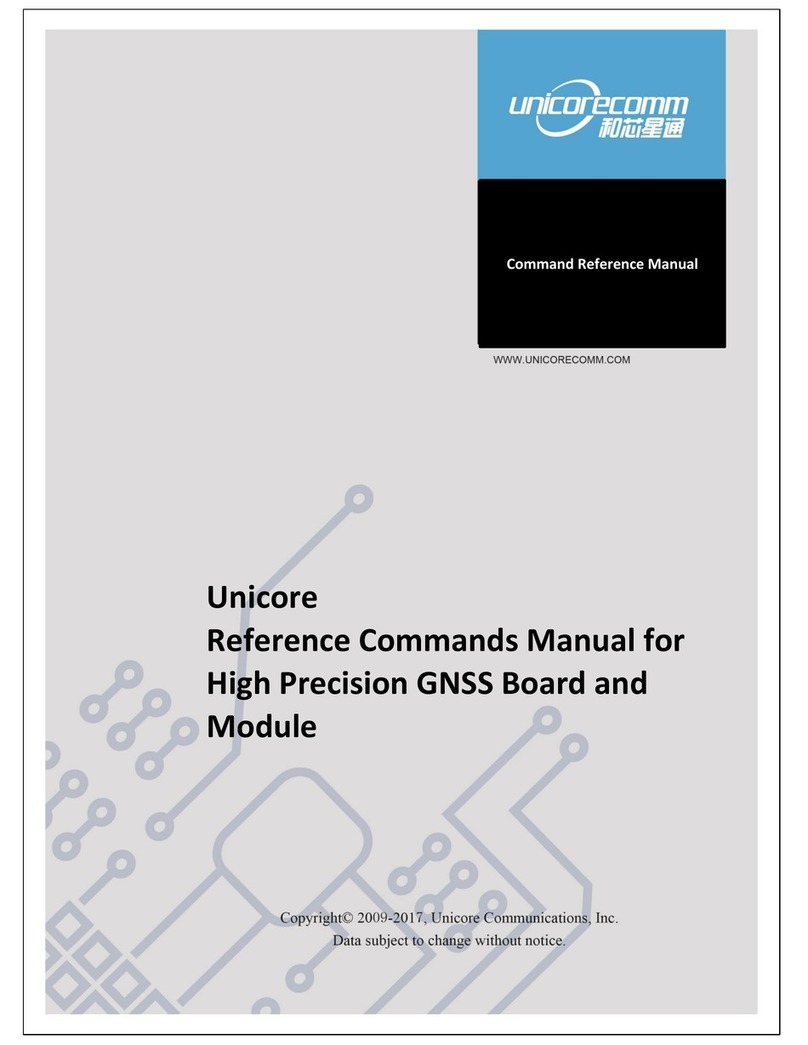Contents
1OVERVIEW ............................................... 1
1.1 KEY FEATURES ................................................................................................................................... 1
1.2 TECHNICAL SPECIFICATIONS.................................................................................................................. 2
1.3 INTERFACES....................................................................................................................................... 3
2HARDWARE ............................................... 4
2.1 DIMENSIONS..................................................................................................................................... 4
2.2 PIN DEFINITION AND INS COORDINATE SYSTEM (TOP VIEW)................................................................... 5
2.3 PIN FUNCTION................................................................................................................................... 6
2.4 ELECTRICAL SPECIFICATIONS ................................................................................................................. 9
2.5 OPERATION CONDITION .................................................................................................................... 10
2.6 PHYSICAL SPECIFICATIONS.................................................................................................................. 11
3HARDWARE DESIGN ....................................... 11
3.1 DESIGN IN CONSIDERATIONS .............................................................................................................. 11
3.2 UM482 REFERENCE DESIGN ............................................................................................................. 12
3.3 PINS.............................................................................................................................................. 13
3.4 PCB PACKAGING ............................................................................................................................. 15
3.5 RESET SIGNAL.................................................................................................................................. 15
4INSTALLATION AND CONFIGURATION ......................... 16
4.1 ESD HANDLING PRECAUTIONS ............................................................................................................ 16
4.2 HARDWARE INSTALLATION ................................................................................................................. 16
4.3 POWER ON..................................................................................................................................... 19
4.4 CONFIGURATION AND OUTPUT ........................................................................................................... 19
4.5 OPERATION STEPS............................................................................................................................ 20
5CONFIGURATION COMMANDS................................. 21
5.1 REFERENCE STATION CONFIGURATION .................................................................................................. 23
5.2 MOVING BASE CONFIGURATIONS........................................................................................................ 24
5.3 RTK ROVER CONFIGURATION ............................................................................................................. 24
5.4 HEADING CONFIGURATION................................................................................................................. 25
5.5 HEADING2 CONFIGURATION............................................................................................................... 25
5.6 INERTIAL NAVIGATION....................................................................................................................... 26
6ANTENNA DETECTION ..................................... 27
7FIRMWARE UPGRADE ...................................... 27
8SOLDERING RECOMMENDATION............................... 29
9PACKAGING ............................................. 30
